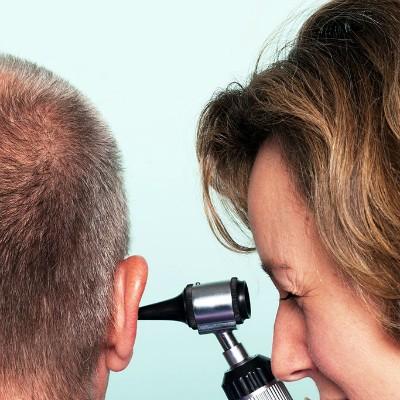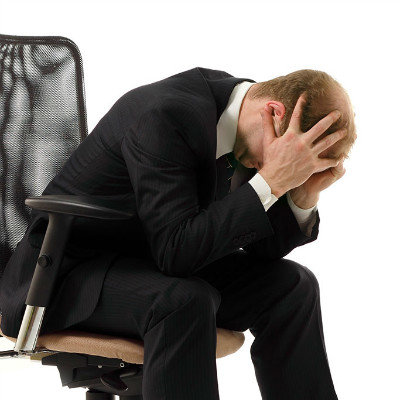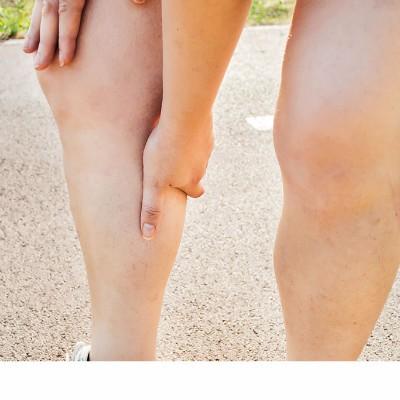What is trunk deformity?
summary
What is trunk deformity? The abnormal bending of the trunk is the crankshaft phenomenon. The crankshaft phenomenon refers to the phenomenon that after the posterior spinal fusion of the patients with immature bones, the posterior spine gets solid fusion and the anterior spine continues to grow, thus aggravating the deformity of the spine. It is characterized by loss of correction, aggravation of vertebral rotation and increase of rib protrusion.
What is trunk deformity?
Crankshaft phenomenon is the imbalance of spinal growth caused by partial epiphyseal block in the growth center of vertebral body after posterior rigid spinal fusion, It can be divided into congenital malformations and acquired (acquired) malformations. Congenital malformations are often found at birth or not found but already exist. With the growth and development of individuals, acquired malformations can be divided into two categories: one is the malunion caused by trauma, so there is no need for differential diagnosis, and the other is bone deformity Deformities caused by joint or soft tissue lesions can also be divided into local deformities and systemic deformities according to the range of spinal and limb deformities. Systemic deformities are mostly caused by developmental disorders, genetic metabolic abnormalities or other systemic diseases (such as achondroplasia, multiple exophytic osteochondroma, more glycopathy, rickets, Kashin Beck disease, rheumatoid arthritis, etc.)
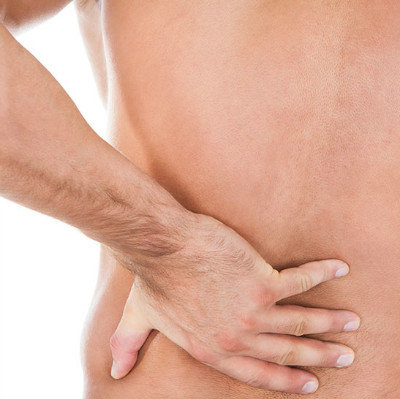
The longitudinal growth of the posterior spine stopped, and the growth of the anterior column continued. However, the strong posterior fusion prevented the development of lordosis, which eventually led to the aggravation of correction loss deformity. Generally, the angle of coronal deformity increased by 10 ° The reason for this phenomenon is that the growth potential of the anterior and posterior sides of the spine is asymmetric after posterior rigid fusion, and its severity is proportional to the number and growth ability of the growth centers in front of the fusion area
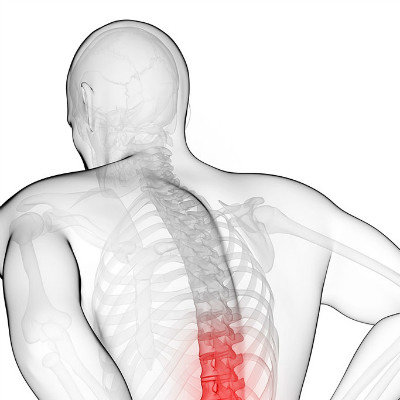
Idiopathic scoliosis although scoliosis is the lateral curvature of the spine, scoliosis is usually accompanied by rotation and produces typical paravertebral rib protrusion. The rotation of the trunk, the protrusion of the ribs of the apical vertebra and the paravertebral muscles of the convex side are the visible deformities of scoliosis. Adam flexion test is often used to screen paravertebral deformity of scoliosis. The method is as follows: the patient faces the examinee, instructs the patient to bend forward until the trunk is parallel to the horizontal plane, observes whether the back is symmetrical, and the rib and vertebral body rotation deformity is indicated by one side bulge.

matters needing attention
The deformity of the trunk bending is the crankshaft phenomenon, which can only be avoided by combined anterior and posterior surgery. This phenomenon is less common in congenital scoliosis than in infantile idiopathic scoliosis. This is due to the abnormal growth epiphyseal plate and rigid bending of congenital deformity. Don't over eat cold drinks, don't eat too cold things, especially don't sleep in too cold places. Many young boys sleep with a lot of beer and then cool the floor, which leads to ankylosing spondylitis. Therefore, daily care is very important. In addition, moderate outdoor exercise is also necessary.

